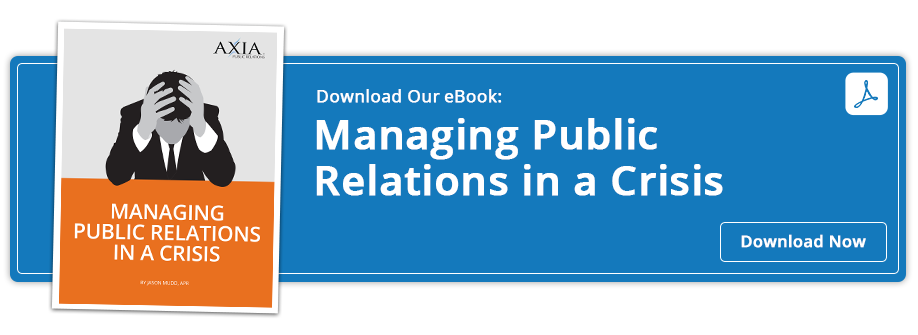 Would you like a discussion about race with your latte this morning?
Would you like a discussion about race with your latte this morning?
By Lisa Goldsberry
You’ve probably seen all the news reports and social media posts about Starbucks’ latest PR campaign. In case you’ve just emerged from a deep cave and missed it, here’s the gist: In order to spark discussions about race relations between employees and customers, the world’s most famous coffee chain has begun writing “Race Together” along with customers’ names on their coffee cups.
The response was immediate, with customers, non-customers, celebrities and analysts weighing in on the pros and cons of the company getting involved in such an issue, and the media covering every word. Perhaps your company is considering a PR campaign of your own. Learning more about the current Starbucks campaign and surrounding media storm may help you decide which way to go.
What Starbucks did right
Discussions about race relations are everywhere in this country. From television shows like Fresh Off the Boat and blackish, movies like Kevin Costner’s Black or White and Selma (which stirred up its own controversy at the Academy Awards) and the popularity of rap music, it’s all over popular culture.
There are also the news reports about the fraternity incident at the University of Oklahoma, where members were recorded singing a racist chant, and the Department of Justice report about the alleged racist behavior of the Ferguson, Missouri, police department. These are just a couple of examples of why the issue of race has been front and center lately.
Of course, the coffee giant could have chosen a less controversial topic, which likely wouldn’t have had the same nationwide, heartfelt impact. For maximum attention, race is the issue to choose, and recent events prove that this is definitely a dialogue that needs attention. The hope was that those initial conversations with baristas would spread through the customers’ own communities.
Some consumers have chastised the company for being ill-equipped and an inappropriate place to tackle the heady subject of race relations. Others have given it credit for at least trying. No matter which side you’re on, one thing is certain: everyone is talking about Starbucks. Consequently, people are also talking about race relations, which was the idea from the start.
In addition, once hit with customer and media backlash, the company did not shy away from the controversy. Its executive spokesperson and CEO, Howard Schultz, met the media head-on to defend the decision and further state that the company would not back down just because of a few critics.
With the Race Together campaign, the company is also staying true to its history of mixing profitability and social influence. In the past, it has also confronted the tough topics of gay rights and veterans’ affairs.
Three things to keep in mind if you want to start a similar PR campaign
-
Though sparking controversy and conversation might get you noticed, it’s important to remember that you’ll have no control over the direction of the discussion.
-
Jumping into controversial waters just for shock value won’t work. The public will see you as disingenuous and deceitful. You may want to start small with an issue that’s close to home.
-
Think carefully before deciding whether this is the direction for you. Getting national attention for a PR campaign is an uphill fight that takes time, preparation and vision.
Why you should never go it alone
The Starbucks Race Together campaign proves at least one thing: In a PR initiative, anything can happen. If you’re not prepared, even with the absolute best PR firm by your side, it could just as easily blow up in your face.
Let the experts at Axia guide you through your next campaign. We can help you plan and implement thought-provoking PR initiatives that fall in line with your strategic goals, increase visibility and maximize profits. If ever you’re faced with your own PR campaign gone wrong, find more information on how to handle any crisis in Axia’s Managing Public Relations in a Crisis e-book.
Lisa Goldsberry is a writer for Axia Public Relations with more than 15 years of public relations experience. She specializes in business, higher education and technology PR. Connect with Axia Public Relations on Twitter @axiapr.
Featured image credit: 123rf.com
Topics: public relations, crisis communications


Comment on This Article